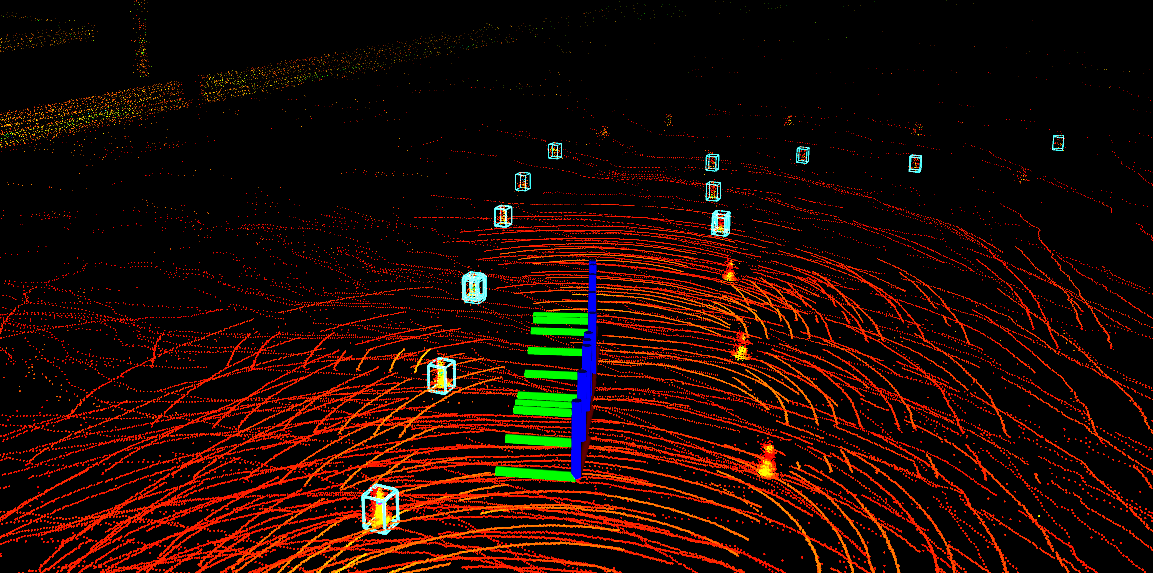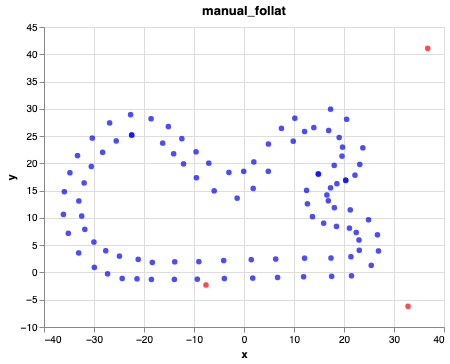Some mathematical stuff written in Ceylon.
import name.arseniiv.math "0.1.5";
At the moment, there is four packages:
There are tau (τ = 2π) and value of 1° in radians you can use to sensibly denote degree angle values:
value rightAngle = 90 * degrees; // indeed 90°
value hexagonAngle = 120 * degrees; // and so on…
Also there is uniform pseudorandom generators for angles and integers, quadratic equation solver, and near-equality comparer for Floats.
Operations with complex numbers including basic elementary functions: exp, log, sin, cos, sinh, cosh. (See docs.)
There is also several bits of code about Möbius transformations with correct handling of complex infinity.
Since 0.1.4.
- Arithmetic, including integer powers.
- Conversion to/from digit sequences: −248781 / 74 ↔ −3361.9(054), including non-decimal bases.
- Approximation of
Floatswith given accuracy. - Conversion to/from continued fractions.
- Vanity: egyptian fraction expansion, mediant.
Here are the same elementary functions and basic arithmetic, and also functions to use quaternions in rotating 3D space.
You can represent a vector (x, y, z) simply as
value v = Quaternion.vector(x, y, z);
and rotations as special quaternion rotors which, for example, may be specified by rotation axis and angle:
value rotor = Quaternion.rotor(someAxis, 0.25 * pi)
Then you can simply compute rotor * vector * rotor.conjugate and get transformed vector, but there is more efficient route, so you better use
value v2 = v.rotate(rotor);
Composition of rotations represented by r1 and r2 is as simple as multiplication r2 * r1. You can also linearly interpolate between
rotations using
value rotorHalfway = slerp(rotorFrom, rotorTo)(0.5);
Function slerp returns ‘interpolator’ of type Quaternion(Float) which can be used several times. At 0, it returns first rotor, and at 1, the second.
See also Quaternions and spatial rotation in Wikipedia.
- A small bugfix for
Digits.fromRational.
- Remodularization: separate modules are back to being packages again. It seems they weren’t that big.
- Ceylon 1.3.3.
- Rational numbers in
name.arseniiv.math.rational. - Renamed
Complex.unitandQuaternion.unitto respectiveones. - Added
sqrtfor complex numbers and complex-valued quadratic solver. - Real quadratic solver slightly improved.
- Number classes made
final. Now you just can’t. - Added several missed tests.
- Quadratic equation solver, pseudorandom generators and some minor stuff added.
- Ceylon 1.3.1 delivers static attributes, and I’ve thought of adding some.
- Promoted packages to modules—now you can take only what you need (plus
name.arseniiv.math.core). - Renamed module
name.arseniiv.mathtoname.arseniiv.math.core. - Added tests for and more proper handling of
Complex.infinity. - Fixed minor bugs in tests. 🙂
Hooray, Ceylon 1.2.1 delivers platform-independent math modules, so here are the changes!
And I moved to another domain, too (my only excuse is this module is in beta :).
Now I’ve done version control the right way, and will never change master branch until another version is done.
Also, now the thing is cross-platform and is using jvasileff’s XMath module. (If/as it will be merged in Ceylon language module, I’ll replace the import and up this module’s version number.)
Currently not aware of. Write me if you see one. Feature suggestions are welcome too! So if you want these inverse trigonometric functions on complexes, please don’t be shy—I’m too lazy to demand them from myself.









